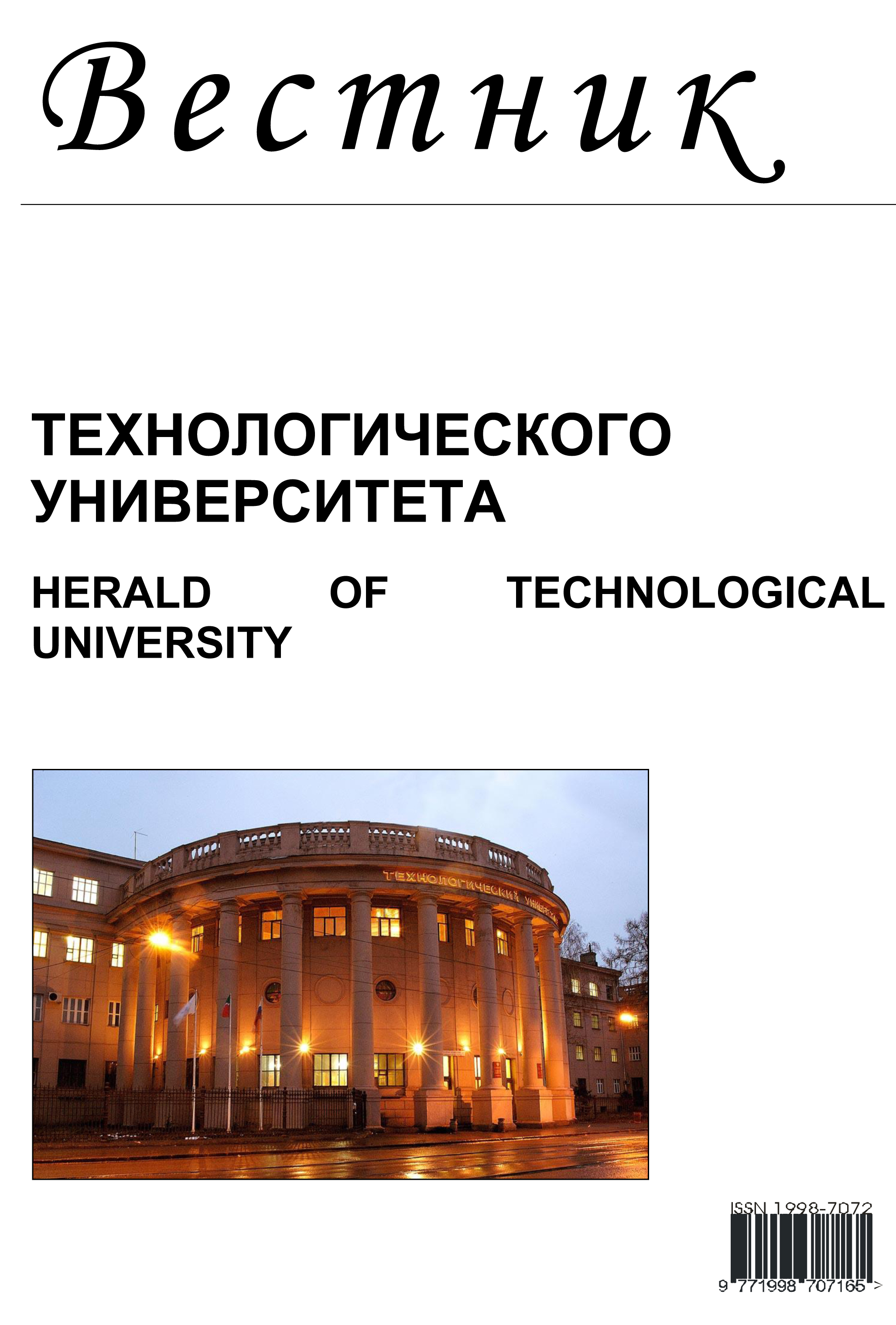from 01.01.2005 to 01.01.2024
FGBOU VO Tambovskiy gosudarstvennyy universitet im. G.R. Derzhavina (Institut Novyh tehnologiy i iskusstvennogo intellekta. Kafedra matematicheskogo modelirovaniya i informacionnyh tehnologiy, starshiy prepodavatel' kafedry)
employee from 01.01.2004 to 01.01.2025
Tambov, Russian Federation
Tambov State Technical University
The article shows the dependence and significance of the parameter "natural mortality" and "birth rate" on the rate of epidemic development. The scheme of change of the state of agents is shown, including the main states of the SIR model of "healthy" (an agent susceptible to the disease), "sick" (infected) agent, "recovered", as well as the state of "natural mortality" and temporary "neutral" agent. The scheme specifies the conditions of transitions between states in the presence of demographic characteristics, characterizing the natural increase and decrease of the population. The article shows the assumptions of the model describing the characteristics of the agent and its state, as well as a mathematical model implementing transitions from disease states to the states of "birth" and "natural mortality" or "mortality from disease". In the article, the authors show a fragment of the program code with line-by-line comments describing the transition of agents to the state of "natural mortality" with the assignment of basic characteristics and the dependence of the transition to various types of demographic population decline on probabilities and random numbers. The window for setting up birth and mortality is shown, describing the input blocks and adding a diagram, as well as the dependence of changes in demographic indicators when entering the coefficients of natural mortality and birth. The comparative graphs show the change in the speed and magnitude of "morbidity of agents" in the presence of the parameters of "birth" and "natural mortality"; the speed of the epidemic process of these graphs is characterized by curves of infected agents in the daily range, as well as the overall mortality rate in the system, characterized by natural population decline and deaths as a result of the specified disease. In the article, the authors provide a comparative graph of Covid-19 infections in the Tambov region in the first 100 days from the onset of the disease with modeled data with a complex system of demographic variants and asymptomatic patients in the presence of natural mortality and birth rates, taking into account the demographic decline of the population.
AGENT-BASED MODELING, SIMULATION MODELING, EPIDEMIC SPREAD, NATURAL MORTALITY, BIRTH OF AGENTS IN THE SYSTEM, DEMOGRAPHIC PARAMETERS OF THE SYSTEM









